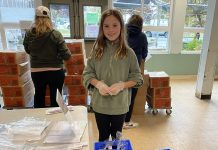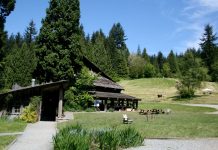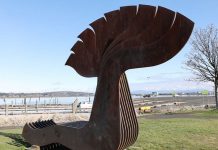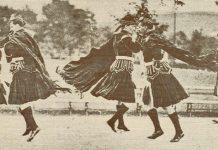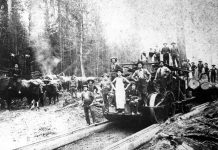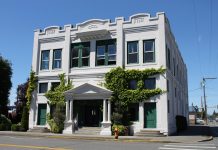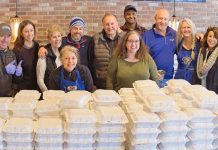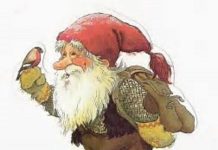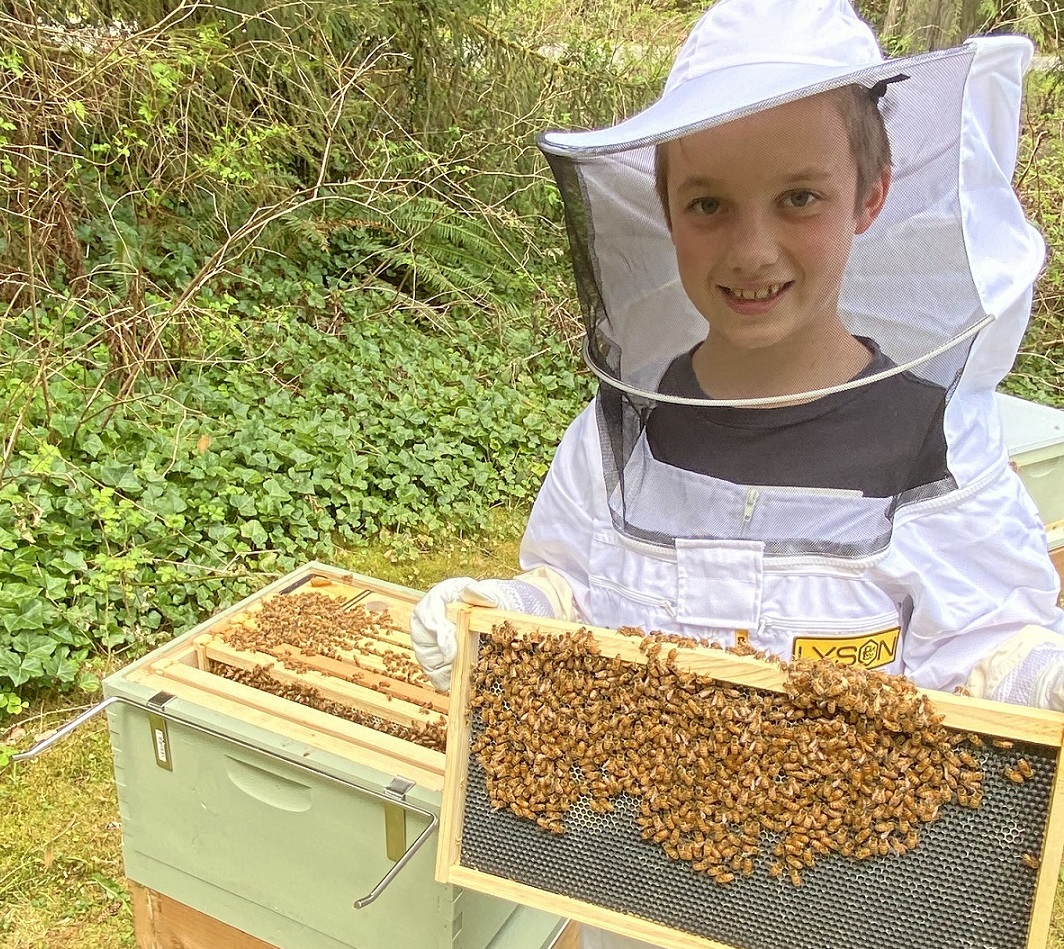Warmer weather and spring blossoms mean that Snohomish beekeepers are getting ready for one of the busiest and most exciting times of the year. Preparation for bee season begins long before new honeybees arrive in mid-April from sunnier parts of the U.S. Beekeepers are busily painting and repairing hives, mixing sugar syrup for new arrivals and providing support for hives that withstood the toll of chilly wet winters in Snohomish County.
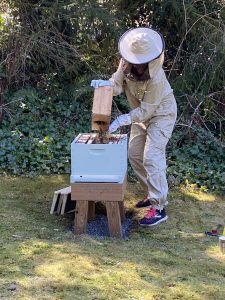
Beekeeping is a hands-on activity that requires time, effort, and knowledge. If successful, beekeepers reap the sweet rewards during the summer honey harvest season. You can learn about the fascinating world of bees and beekeeping by joining the Northwest District Beekeepers Association, which meets on the second Tuesday of every month in Snohomish and via Zoom. Whether your interest is casual or you are ready to take the next step in your beekeeping journey, joining the NWDBA will provide you with the know-how to dive into the fascinating world of bees.
Meagan Wells, president of the NWDBA, has been keeping bees in Everett for the last five years. Since the beginning, she has found the club a valuable resource in her beekeeping journey. “You can take a class, but there is just so much to learn,” Meagan explains. “There are so many different situations that come up that you really need more constant contact versus a one-time class.”
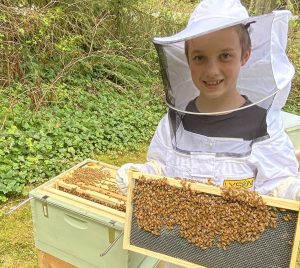
Meagan, who is about to start her third term as club president, also plays an active role in member education. “The individual connections, mentorship piece and coaching have been the most fun for me,” Meagan states. “I just love to see all the new beekeepers come in and love helping them be successful.” Hobbyist beekeepers can have a high failure rate and face many challenges in this part of the U.S., such as wet, chilly winters, mites, disease, and lack of available food sources. “Without support, it can be very frustrating,” Meagan explains. “A lot of people get out of beekeeping after a year because of the frustration.”
Joining a club such as NWDBA can help both new beekeepers, and those with more experience mitigate challenges and build a community of like-minded people. “All beekeeping is local. Many books that you buy or online classes that you take are often for beekeepers in California, Texas or other southern beekeepers,” Meagan says. “Having local month-to-month support to help interpret and guide new beekeepers and keep them on track is important. With bees, there is always something to learn.” Besides monthly meetings, the NWDBA offers classes, mentor services, community outreach, and social gatherings for fellow beekeepers in the Snohomish area and beyond.
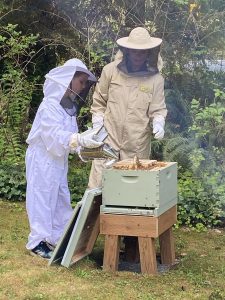
The sweet reward of beekeeping is sampling the first bit of honey that these tiny little pollinators work hard to make. However, they are much more than just honey producers. Bees have a big impact on the food chain and are responsible for about a third of all fruits and vegetables that we eat. One bee can visit over 1,000 flowers in a single day, making them vitally important to the crops that produce many of the foods we enjoy. Unfortunately, there are fewer and fewer bees due to pesticides, disease, and habitat destruction. “Native pollinators are really the most critical,” Meagan states.
“At least with honeybees (which are non-native to the U.S.), humans can home them and cultivate them, similar to livestock,” she explains. “As native pollinators, such as Bumble Bees, continue to decline, we see that becoming increasingly challenging. Because of that, many gardeners are not seeing the level of pollination that maybe we would hope for.”
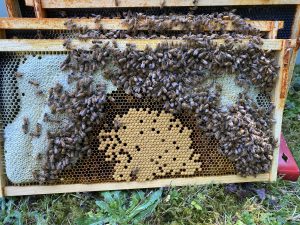
Protecting native pollinators or keeping honeybees can make a big difference in both rural and urban areas. “As an urban beekeeper, I have noticed a significant increase in production,” Meagan explains. “The difference between having bees and not is noticeable. And within a three-mile radius of where my bees fly, everyone else is getting that benefit too. This can be very helpful to the community at large in the absence of native pollinators that we should be seeing.”
Even if you are not ready to dive into the beekeeping world, there are many ways you, too, can support your local bee and pollinator population. Meagan recommends a simple way to help pollinators is by putting out a shallow dish of water with pebbles for bees to land on to rest and have a drink. Gardening or landscaping choices can have a big impact as well. “Native pollinators are specifically adapted to native plants,” she explains. “So instead of choosing a non-native ornamental shrub, choosing a Pacific Northwest shrub would better support our native bee population.”
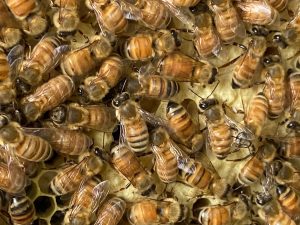
Planting a bee-friendly garden is another fun way to get the whole family involved in helping pollinators thrive. Pollinators love flowers that grow easily in the Snohomish area, such as lavender, sunflower, cornflowers, and marigolds. Donating to causes such as the Honey Bee Health Coalition or simply spreading the word of the importance of bees and other pollinators are other ways to help support these tiny creatures that are quietly tending the Earth.



